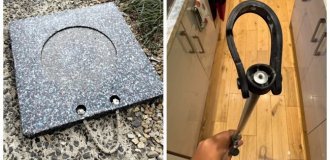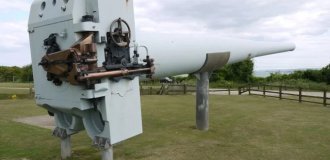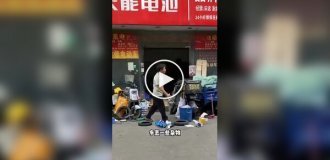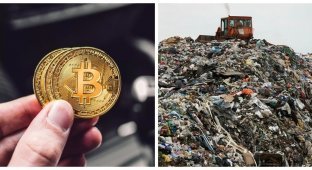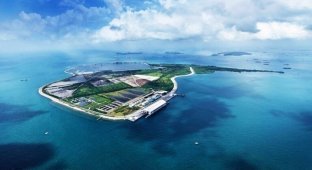Agbobloshi: what the world's electronics dump looks like (9 photos)
The place where all the toxic waste from Europe and North America ends up. 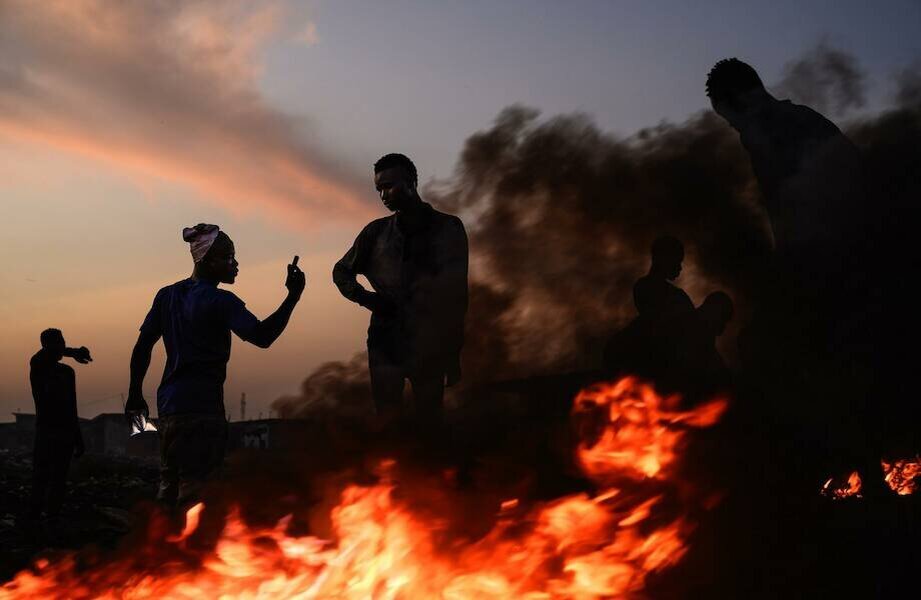
In 1989, a waste control convention was held in Basel. At that time, it was a long-standing practice for developed countries to sell hazardous waste to less developed countries, and the treaty was supposed to prevent such sales. The Convention came into force in 1992, but in reality its work is still not fully operational. For example, in 2019, only 17% of all e-waste was properly recycled. This means that the remaining 83% was burned, thrown into a landfill or buried.
For years, household goods, car parts and electronics have been dumped at the local landfill. 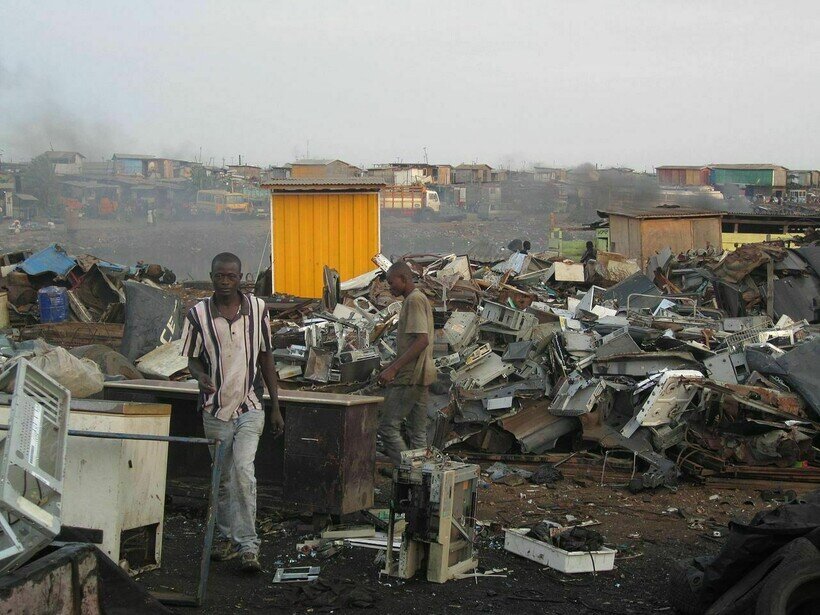
Every day, containers of second-hand goods arrive at the port near Accra from North America and Europe. According to the documents, all these goods must be resold in the future. But in fact, 15% of this total volume goes through forced disposal. 15% may not sound significant, but several million tons of electronics are produced each year. All this is transported to the Agbobloshie area in the suburbs of Accra. 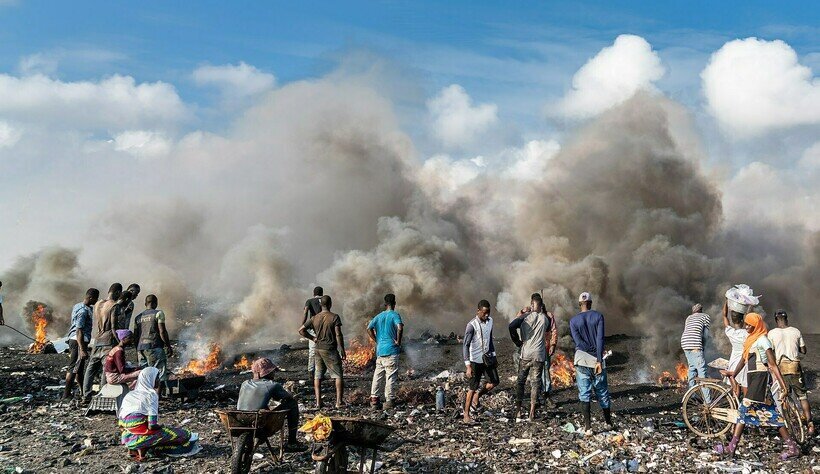
The containers are dismantled, and goods that can be resold are taken by middlemen in China and India. Everything else goes to the Agbobloshi landfill, where tens of thousands of people work. They work unofficially, so it is not known exactly how many people are involved in recycling materials. 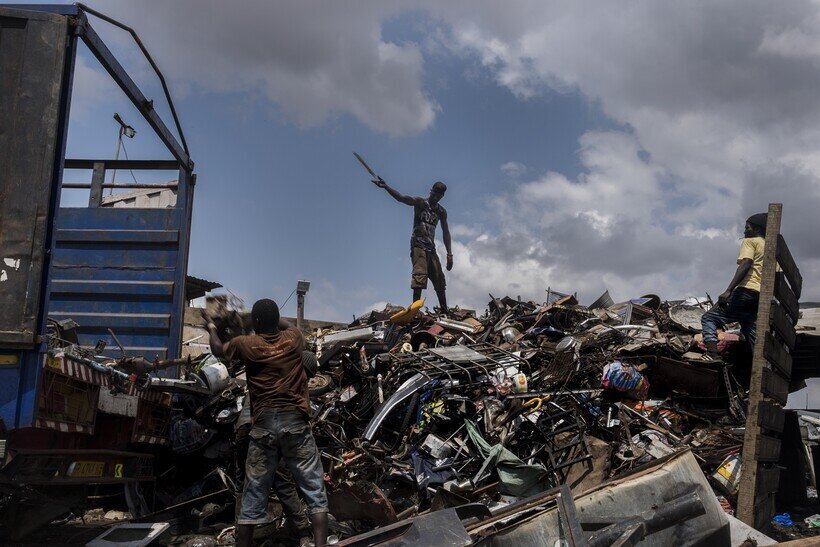
Mostly people who work at the dump are people who came from the north of Ghana to work. They have no other way to feed their families or earn money for their home. They work in a landfill without special clothing, and usually come to Accra with little capital that they have managed to save. They buy waste, break it down into parts, resell some, and burn the rest to recover valuable metals such as copper and aluminum. 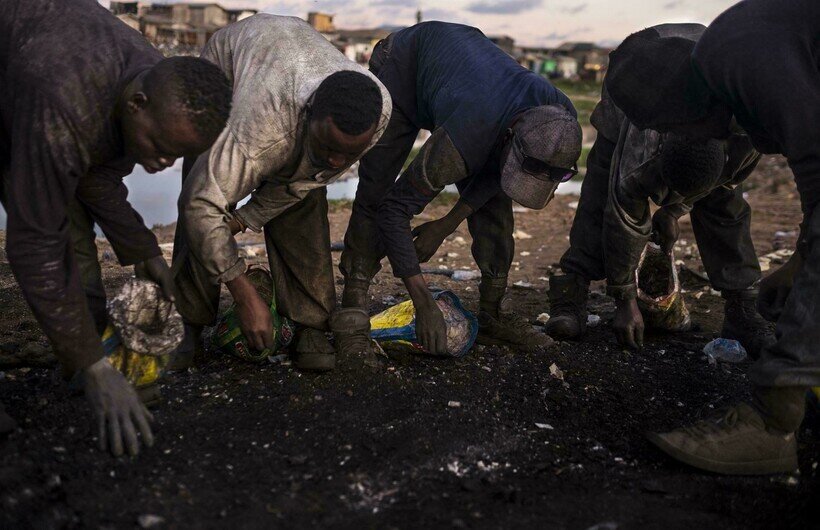
They burn here all the time, usually at night. Because of this, smog hangs over the area, the air here is polluted, and the smoke from the fire is toxic. Lead, mercury and arsenic leach into the soil here, and people who burn the material face harmful metal exposure. Many of the workers suffer from lung diseases, skin diseases, back problems, headaches, and burns that take a long time to heal. In the future, they will face even greater health problems: diseases of the respiratory and nervous systems, which can lead to cancer. 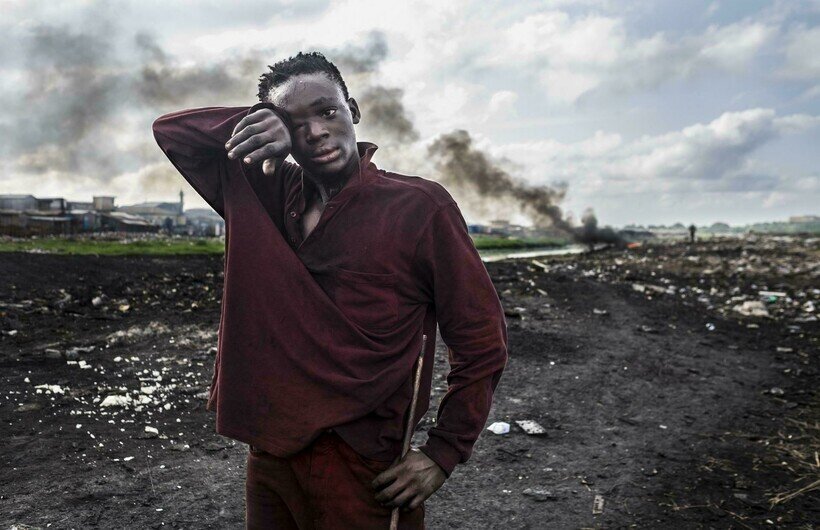
The earnings at the dump are small, but it is more than they could earn elsewhere in Ghana. People who burn waste receive between 5 and 10 dollars a day. Collectors of valuable metals who find them in the ashes receive from 2 to 7 dollars. They all live in barracks nearby, and despite the fact that they have been recycling electronics for years, none of them have ever seen a working computer. 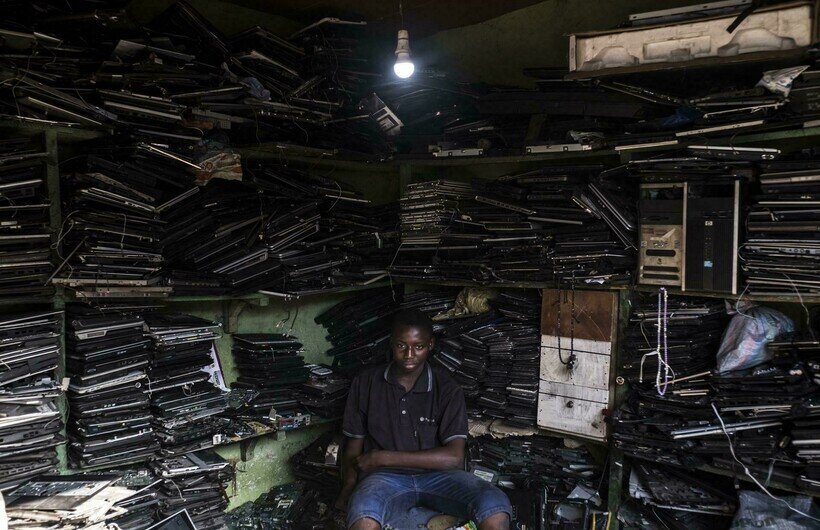
The small Odaw River flows next to the landfill; it is considered one of the dirtiest rivers in the world. The Odawa carries its waters into the Gulf of Guinea, and from there toxic waste flows into the Atlantic Ocean. 
But Agbobloshi workers are not the only ones constantly breathing toxic fumes. Opposite the landfill is Agbobloshie Market, Ghana's largest food market. They sell water, vegetables and fruits here, and people come from all over Accra to buy them. Young girls, and sometimes children, sell water directly and on the territory of the landfill. Workers often buy bags of water to quench their thirst or put out a fire. 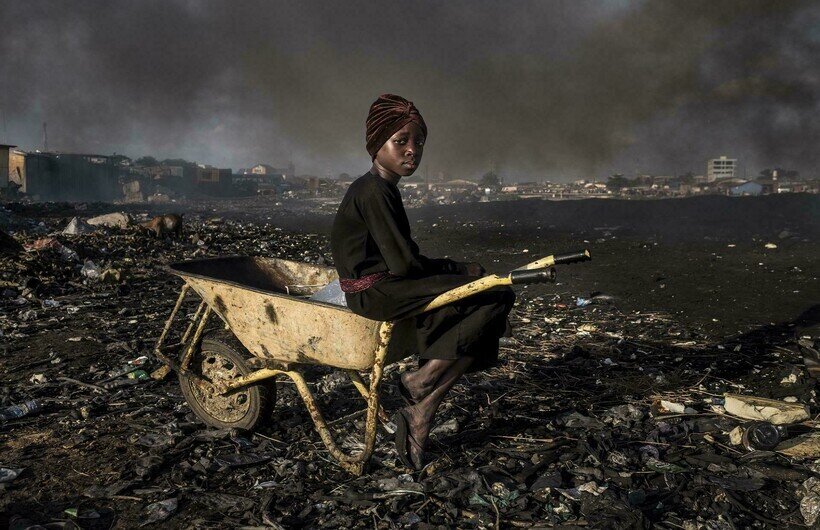
A boy with a cart of water is waiting for his customers.




